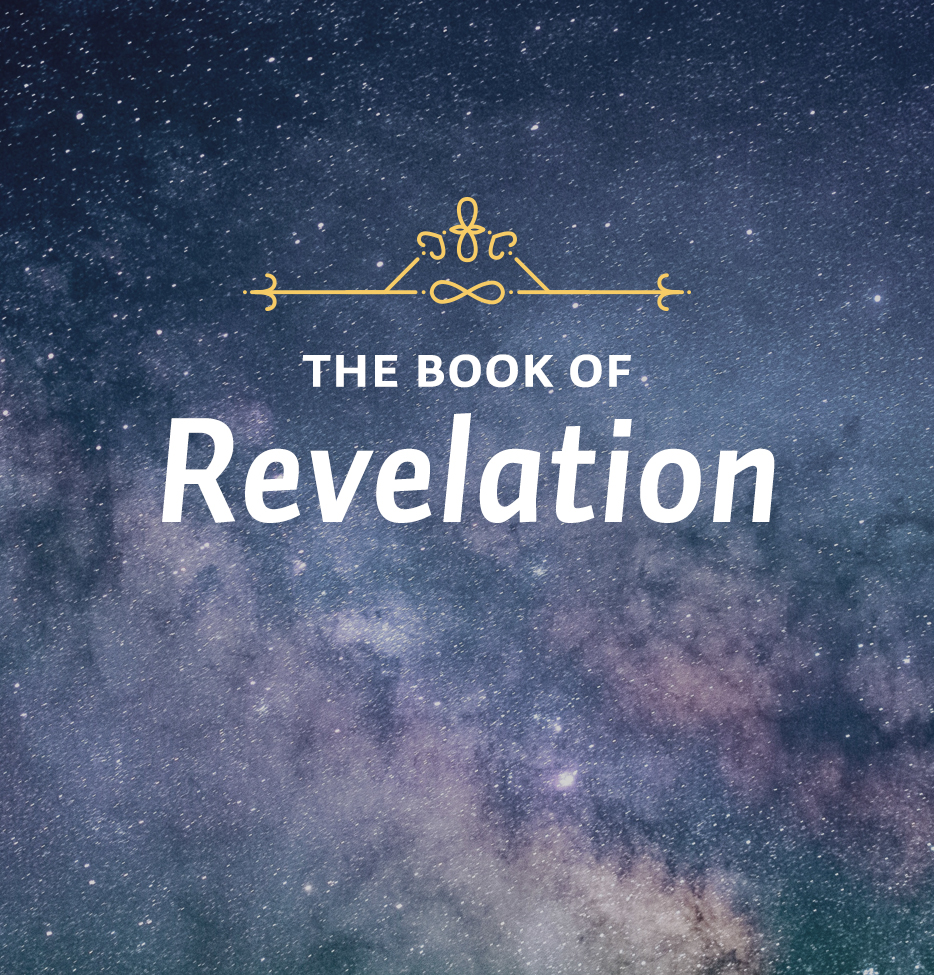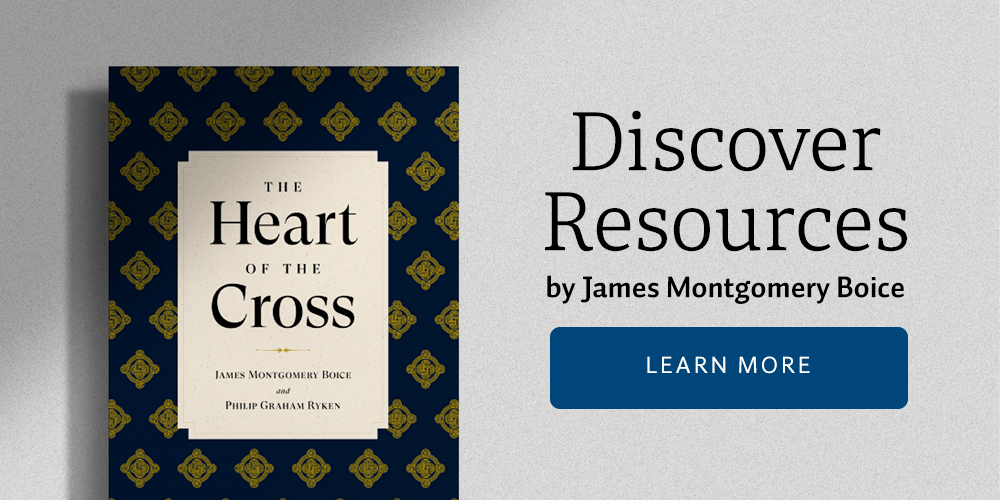The Lion Who Is the LambRevelation 5:1-8Theme: Triumph through suffering.This week’s lessons teach us that Christ is the only one who can implement the eternal plan of God in history.
LessonThe third view is that the scroll is actually the Old Testament, because it is only Christ who can really interpret the Old Testament. Since the Old Testament points to Christ, he is the key to understanding it. You may recall that Jesus pointed that out himself to the Emmaus disciples in Luke 24. Jesus explained to them what was said in all the Scriptures concerning himself, beginning with Moses and the prophets. That’s the whole of the Old Testament, and it all has to do with Christ and his suffering. But there is nothing in Revelation anywhere to suggest that this scroll is the Old Testament.
The fourth explanation is better. This interpretation says that the scroll is a list of all the judgments in Revelation chapters 6 – 16. When the seal was broken the judgments begin to unfold, so this interpretation seems to make sense. Furthermore, there is probably a reference here to a similar scroll that you find in Ezekiel 2, verses 9 and 10. It had writing on both sides, which was unusual. The scroll in Ezekiel contains words of lament and warning and woe. This is the kind of thing that happens here in Revelation, too. Moreover, the earlier scroll was given to Ezekiel to eat. After he ate it, he was able to prophesy. So that probably is what the scroll here in Revelation is about, although I would suggest that is only half of the picture. It’s talking about judgments and woe, but, actually, more is involved when these seals are broken. It’s not merely the judgments, but it’s rather the great unfolding pattern of God in history that includes within it also the redemption of the saints.
So that leads to the fifth explanation which I think is the best. The scroll contains God’s total plan of judgment and redemption. In other words, the scroll represents God’s plan for the universe, the whole perspective of God on what we call human history. It is sealed. That not only means that it’s unknown to us, but it also means that it’s not implemented. It’s heretofore unexecuted. To open the scroll means that by breaking the seals, the plan of God is revealed and set in motion, which, of course, is why Jesus has to do it. Now the end events are going to come, and Jesus will reveal them.
No sooner had John seen this scroll than he saw an angel ask in a very loud voice, “Who is worthy to break the seals and open the scroll?” And when no one was found worthy to do it, John burst into tears. He wept because no one was worthy. Why would that lead to tears particularly? Well, there are two obvious reasons. First of all, apart from the person and redeeming work of Christ in history, history is an enigma. What I mean by that is that we have no idea what history means. That’s why people who have rejected the Christian revelation and Christ as the key to it all really haven’t a clue what history is all about.
When Henry Ford was on trial in a libel suit in Chicago and somebody referred to history, he replied, “History is bunk.” It didn’t mean anything to Henry Ford. All he did was live for the moment. George Eldon Ladd explains that since Christ and Christ alone has the key to the meaning of human history, it’s not surprising that modern thinkers are pessimistic. Apart from the victorious return of Christ, history is going nowhere. We live in a very pessimistic age. People who you’d think would be hopeful have no hope at all. Winston Churchill’s very last words were these: “There is no hope.” And many people are echoing exactly that today.
But there’s a second reason why John wept. It’s true that we could not understand the meaning of history if the scroll remained sealed, but John wasn’t troubled merely by his ignorance; he was troubled also because until the scroll is opened, God’s purposes in history remain not only unknown but also unaccomplished.
I suppose we could put it this way. The decisive victory of Christ is the assurance that the plan of God, centered in the cross, will be carried out. Nothing is going to defeat the Almighty. And Christ is the center of the plan. He’s the content of the plan, and none of the judgments that are recorded in the pages to come are going to unfold until Jesus himself, the Lamb who was slaughtered for his people, breaks the seals and sets it all in motion.
Study Questions
What are the third, fourth, and fifth explanations of what the scroll in this passage might be?
According to Dr. Boice, which explanation is the best? Why?
What happens when people reject a historical Christ?
For what two reasons did John weep when no one was found to open the scroll?






